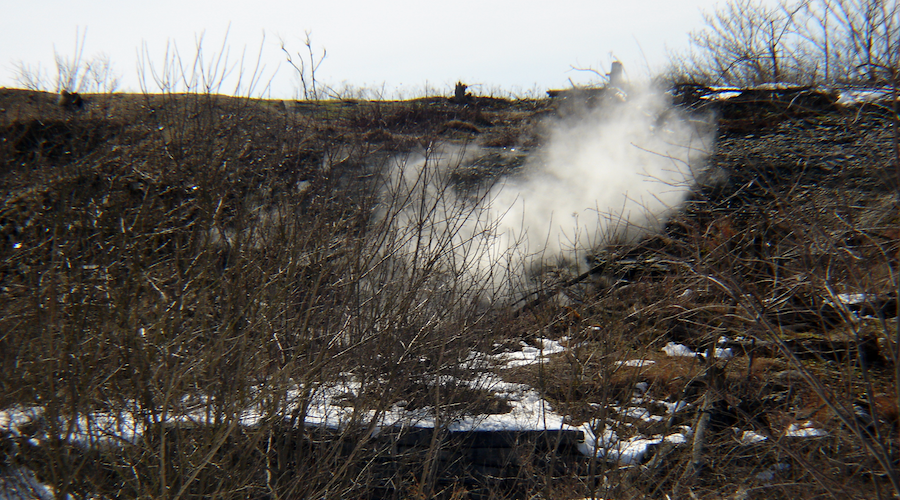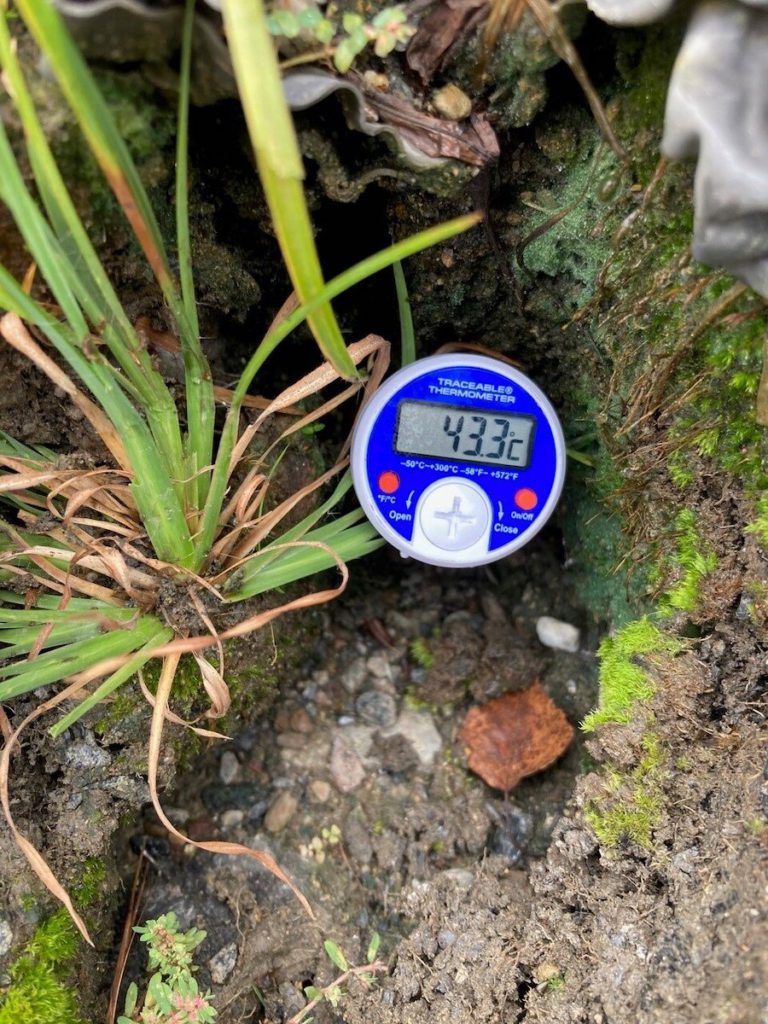
Researchers at Michigan State University analyzed soil microbes near a mine fire that has been burning for more than 60 years and discovered that although microbial populations recovered after the fire affected them, the species that were active or dormant had changed compared with conditions before the fire.
For seven years, Ashley Shade and Samuel Barnett have been studying soil microbial communities in Centralia, Pennsylvania. The town is the site of an underground coal mine fire that has been burning since 1962 at depths of up to 90 metres over a 13-kilometre stretch of 15 square kilometres. Estimations state that, at its current rate, it could continue to burn for over 250 years.
The Centralia fire started accidentally when efforts to clean a landfill ignited the adjacent mine, and it has been burning continuously since then. As the fire burns, it moves through the abandoned underground mine shaft, heating the soil above it as it travels. It is considered a ‘press disturbance,’ meaning, a long-term, continuous, human-caused disturbance as the heat from the fire changes the structure of the microbial communities.
From 2015 to 2021, the researchers selected sampling sites along the fire’s path and examined the soil before, during, and after being heated. The team also sampled nearby sites that were completely unaffected by the fire.

“We go out every October and we take soil cores,” Barnett explained. “We have a big PVC pipe that we sterilize and drive into the soil and pull out about 20 centimetres or 8 inches of soil. Then we sieve the soil to get rid of roots and rocks and the stuff we don’t want and then freeze it in liquid nitrogen and bring it to the lab.”
The next step was to extract bacterial DNA and RNA. They sequenced the DNA to determine which types of bacteria were present. They then looked at the ratio of RNA to DNA to determine which bacteria are biologically active and which are dormant.
“Dormant is a word for a reversible state of activity that many life forms assume at some point. It’s a really important strategy to help organisms withstand stress in their environment,” Shade said.
“An incredible number of soil microbes are simply not active and functioning at any given time. This is an important point because the active microbes are the ones that contribute to ecosystem functions. I think this is special about this study because most research does not consider this question of who’s active and who’s not.”
The researchers infused this perspective into the recovery of microbial communities.
“If we can understand what wakes up the dormant microbes, we can try to manage the microbiome, for example, to wake up when we need it to wake up, to go to sleep potentially when we need it to go to sleep,” Shade said.
The scientists pointed out that microbes – tens of thousands of which live in soil – are vital to maintaining healthy, fertile soil, which, in turn, is vital to the overall health of ecosystems. Thus, they hope their findings spur additional research into the development of strategies for microbiome restoration for ecosystems impacted by climate change and other press disturbances.